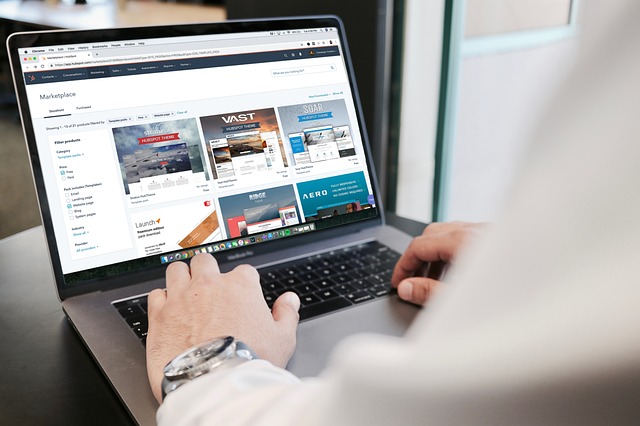
Many people believe that flashy websites look real nice on the eye and they attract lots of visitors, but that is only true when your visitors have very fast web connections. Keep your website simple and readers can easily navigate pages and find out what it is that they need to know. Read on for more web page design tips that will get you a great website.
It is essential to test the pages in your website to be certain they look as they should on every different browser; a successful site needs to display correctly in all browsers. What may work great in Firefox, may not work well in Internet Explorer or Chrome. Before you set your site to go live, look at how every page shows up in all the major browsers.
Look at the site you are designing in many different browsers. Your content may show very differently to customers using alternate browsers. Make sure that your site is compatible with all popular browsers. Checking your website with different operating systems and browsers will help ensure that it works for everyone.
Be conscious of your background. Some sites use moving GIF images in the background which may at times be good, but mostly it just makes the text hard to read. Choose a background which coordinates well with the message that you are trying to impart, it must blend in well with the balance of your website design.
There are numerous programs available for purchase to aid you in creating an attractive website. Professional programs are easy to use, so you can create a beautiful site rather quickly. An unattractive website will not attract visitors.
JavaScript is a great tool, but don’t overuse it. JavaScript is highly overrated because it can cause issues for some users. Not all web browsers are alike, and they are updated pretty frequently. You can’t expect that your website visitors are going to have the most updated versions of their browsers. Also, not every person will keep JavaScript set up in their browsers. Your website may not have any functionality to offer these types of users as a result.
Try using a newsletter for getting repeat visitors. This is great for captivating someone whom may have viewed your site, but then gone on to forget about it entirely. Place the form for signup in a sidebar or at the top of the pages in your site, and track those who sign up. Only send the newsletter to those who request it, or you could find yourself in hot water.
Simplify your home page. Your front page can be the determining factor whether a visitor decides to stay or simply exits without seeing more. Make sure that you provide a very clear description about your business or other purpose for your site. Other information on your site should be minimal, but still clear, so that you don’t overwhelm your visitors.
Regardless of how the design of your website is created aesthetically, be sure to make all of your files small. Your website’s loading time is directly affected by the file sizes you have on your site. You want your website to load very quickly when potential clients visit. You should also keep in mind that not every visitor will be using a high speed Internet connection. Take the time to test your site, and make sure that various connections speeds receive quick load times.
When using links on a page be sure the link uses text content. This helps visitors better understand what they are getting into. If links on your site do not contain text, visitors may accidentally select them using keyboard shortcuts.
If you’re creating a large site, include search functions for your visitors. It is best to put a search box in the top right corner right of your homepage. Make sure that anyone can search for any item that would be included in your site. You can get a search bar from Google or FreeFind.
Optimize load times on your website. If people visiting your site are waiting for pages to load, boredom will quickly set in and they will leave. Do your best to reduce graphics, scripts, and Flash.
Perform a thorough error check of your site, including checking for broken links. Do this each time you upload new content to your site. This is important, as visitors who click on your links expecting useful information, only to find a 404 page, will leave your site in disgust. You can prevent this by frequently checking that all links still work.
Understand what your purpose is. If you are using the site for blogs, research something thoroughly before you post it. You will lose your readers if your provide them with incorrect information. Knowing your subject inside and out is essential for a good blog or website.
As stated above, it is better to stick with simple designs in a website. If you want a site that works for you, you have all the information you need. Implement what you’ve just learned, and build a site that visitors will flock to.